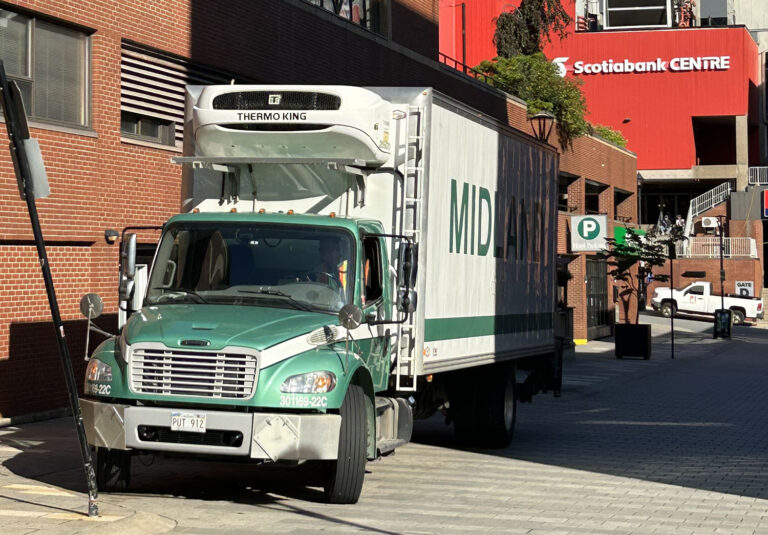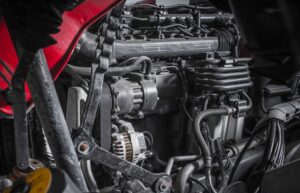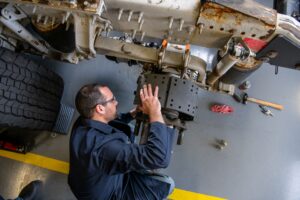FORT WAYNE, Ind. — With major developments happening in the zero-emission temperature control freight movement sector of the trucking industry, The North American Council for Freight Efficiency (NACFE) has released its groundbreaking, first-ever report on transport refrigeration, “Decarbonizing Truck and Trailer Refrigeration.”
According to the NACF, “Decarbonizing Truck and Trailer Refrigeration” provides basic information about transport refrigeration units (TRUs) and electric transportation refrigeration units (eTRUs). It also identifies and discusses key challenges and opportunities facing the trucking industry ecosystem and its support systems as the CARB eTRU rules come into effect, and as the industry begins to transition away from fossil-fuel powered refrigeration.
“About one of every seven straight trucks and trailers on the road uses transport refrigeration units to keep their freight in a specified temperature range,” said Rob Graff, NACFE’s senior technical consultant and study lead. “Most TRUs today are diesel powered. These are increasingly subject to regulations on their emissions — including GHGs. We’ve seen the development of low- to no-emissions TRU technologies emerging to meet these requirements.”
There are benefits and challenges of switching to eTRUs from both a cost and operational standpoint, and the report explains those in detail.
Based on its research and analysis, the study team came to a number of conclusions about the state of transport refrigeration today.
- Freight requiring transport in a specified temperature range encompasses about 15% of straight trucks and trailers.
- Regulations and heightened sustainability expectations are converging to require more sustainable solutions for moving refrigerated goods.
- New refrigeration units have been developed to run with zero emissions using electricity.Other allied solutions are emerging to support eTRUs.
- Moving and delivering refrigerated goods with zero or significantly lower emissions while maintaining quality is a large challenge.
- Activities are underway to plan for and harmonize the connectors and power requirements for charging electric trucks, charging eTRU batteries, and providing shore power when electric reefers are parked or idling.
“Range Energy is excited to see NACFE publishing this important report about eTRUs, said Collin MacGregor, head of systems engineering at Range Energy. “There are a lot of challenges and opportunities in the transition to electric TRUs. This report will be valuable to the trucking industry as it moves forward to adopt this technology.”
According to the report, successful freight movement requires the timely delivery of goods from a vendor to a recipient, often using multiple carriers, and many shipments must be kept within a specified temperature range from the point of origin to the final destination. Careful temperature control — the cold chain — has enabled short- and long-distance shipping of temperature-sensitive goods.
“PLM leases refrigerated trailers to [hundreds of fleets],” said Alan Gassler, national account support and zero emission operations and sales analyst, PLM Fleets. “While many of our customers are interested in zero-emissions TRUs, the industry is changing so quickly with the introduction of innovative technologies, that businesses hesitate to adopt the newest technology for fear of it quickly becoming outdated. PLM Fleet is pleased to see NACFE detail the challenges and opportunities the industry faces as it transitions away from diesel-powered TRUs and into a clean technology future.”
To read the report in full, click here.








